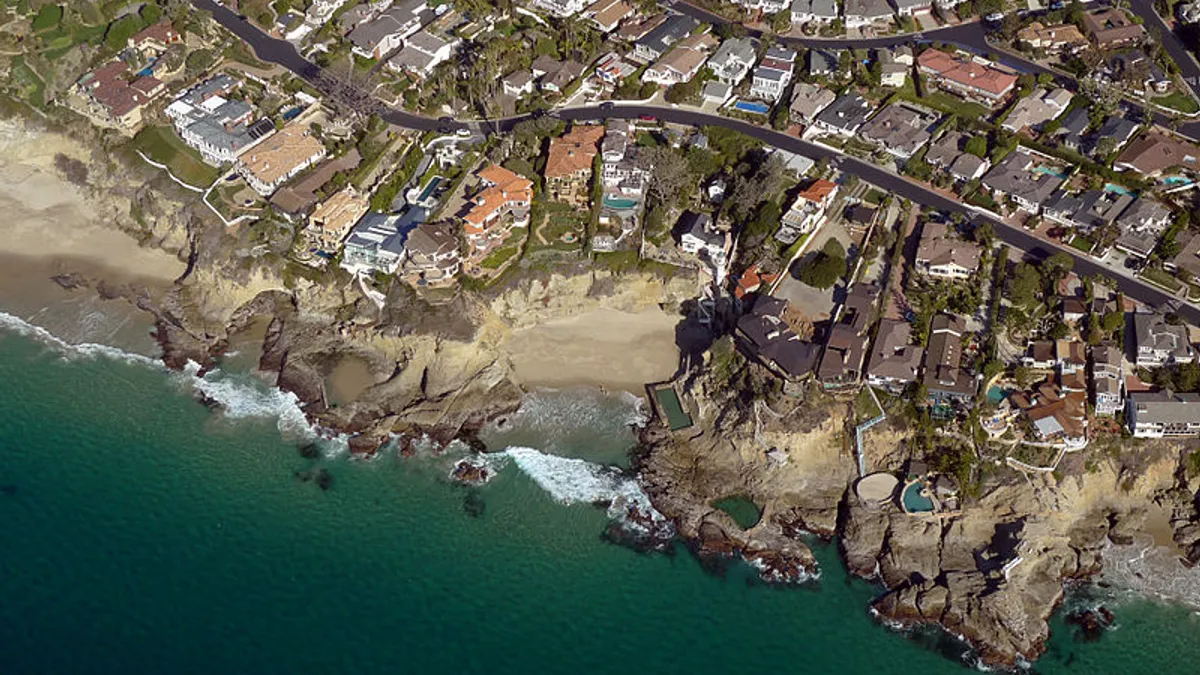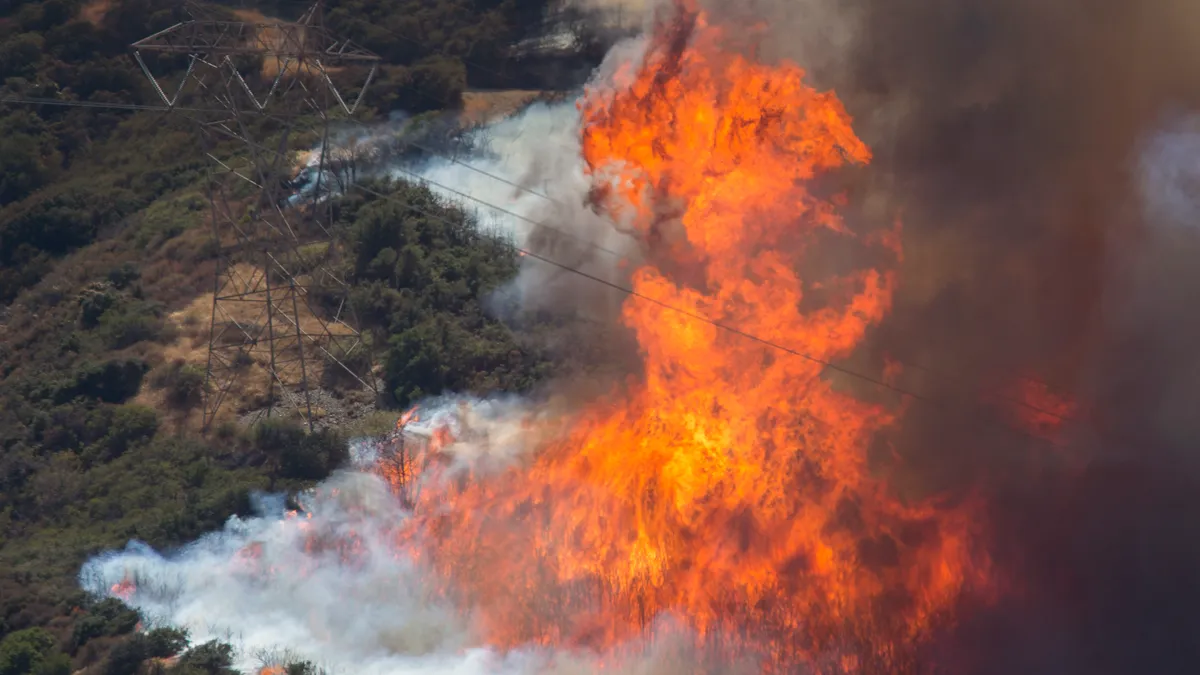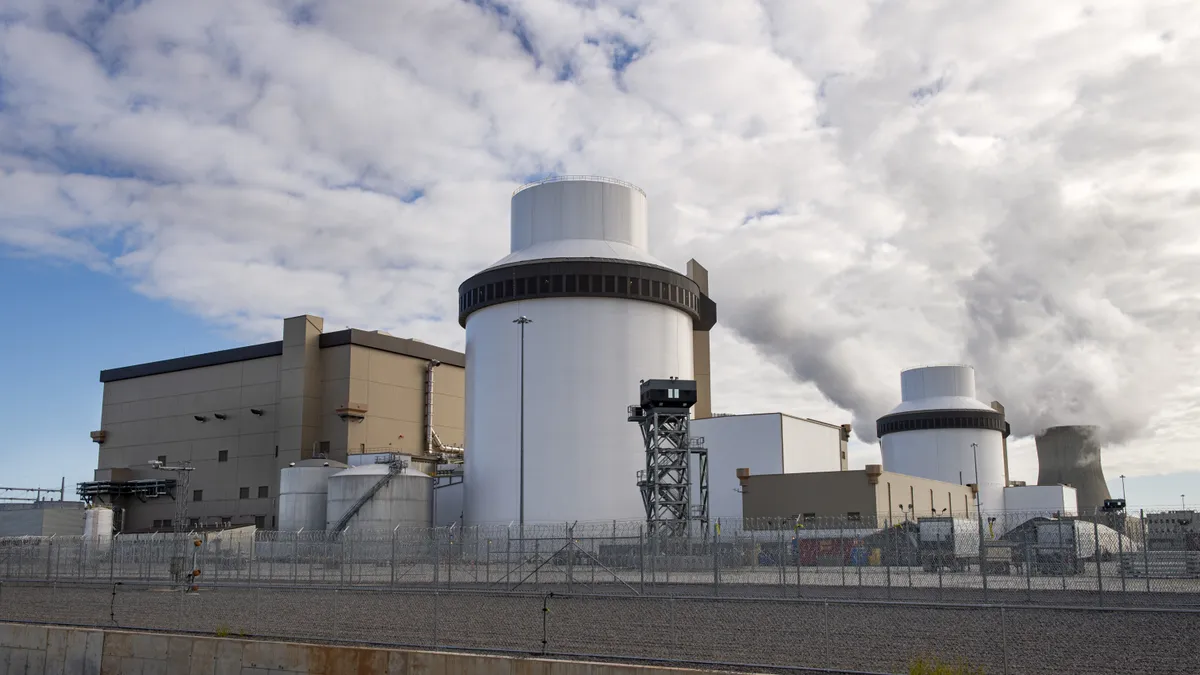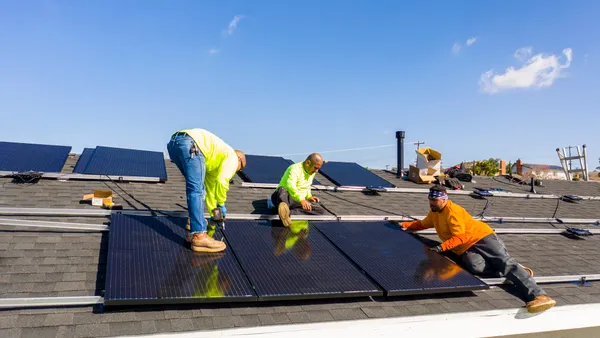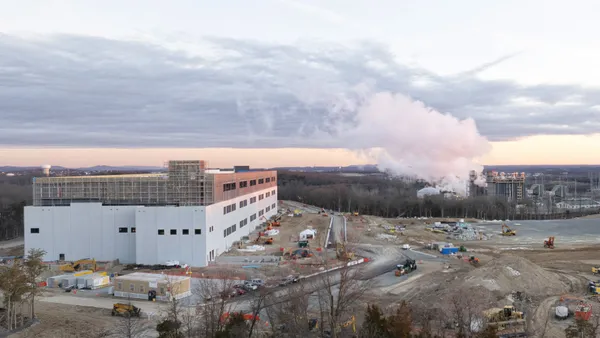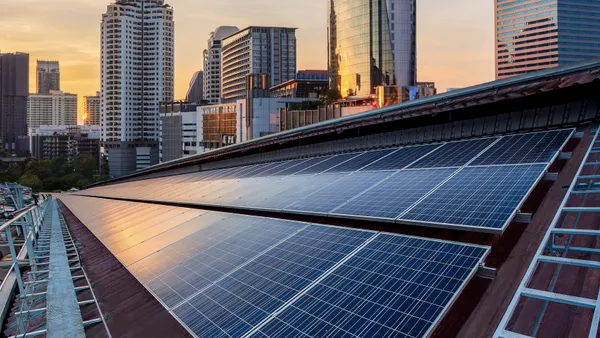Dive Brief:
- Southern California Edison has contracted for 125 MW of clean energy resources, including battery storage and solar energy, as part of a pilot to see whether the preferred resources can reliably power a densely populated area.
- In a story posted to its Inside Edison blog, the utility said it had selected AMS, Convergent, NextEra, NRG and other providers to bring resources online in 2019 and 2020.
- The Orange County pilot area is home to about 250,000 residential customers and another 30,000 businesses, SCE said. The pilot is being used to determine if more gas-powered capacity is needed in the region.
Dive Insight:
Clean energy resources, efficiency and demand management techniques are quickly being adopted alongside more traditional resources around the country. But SCE has launched a pilot that will test whether a mix of these "preferred resources" can offset power growth for an entire region and potentially stave off investment in new gas-fired plants to meet the incremental need.
"Based on the pilot’s results, the need for new gas-powered power plants in the region may be deferred or eliminated," according to the site.
The utility recently signed contracts with a half dozen developers for a mix of battery storage, demand response and solar. Those will be added to another 136 MW of clean energy resources the pilot has already acquired.
According to SCE, 1 MW will power about 750 homes. The utility's combined 261 MW of clean energy in the pilot is enough to power about 195,000 customers, moving SCE closer to a 100% adoption in Orange County.
The study includes a baker's dozen of cities including Irvine, Newport beach, Laguna Beach and Mission Viejo. The utility has an extensive website detailing the project, explaining the pilot region addresses approximately 204,000 residential utility customers and 30,000 commercial and industrial utility customers.
SCE has continued to add demand response and storage projects in its power portfolio in the wake of the Aliso Canyon methane gas leak disaster and regulatory mandates. Part of those efforts include a partnership with Nest thermostats to connect 50,000 homes in its service territory and transform them into a virtual power plant capable of controlling about 50 MW of load reduction



